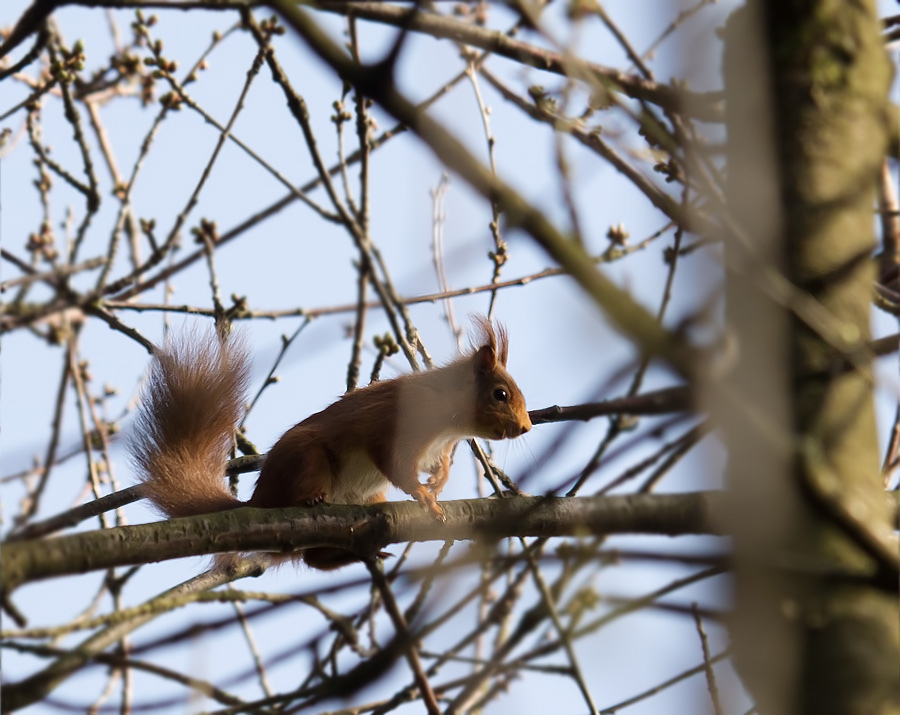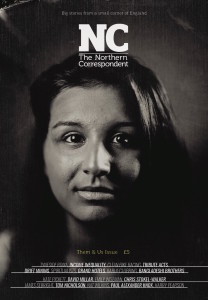It’s not grim up north, yet. But it might be soon, if we continue to build homes on our green belt, says Rachel Locke
Newcastle Great Park, heralded as a garden city for the north east by those championing it and as sprawling estate invasion of the green belt by those opposing it, was approved in 2000. Fifteen years later, much of it remains a building site with 8,000 homes still to be built.
Deserted roads and dead ends, with tattered plastic sheeting flapping noisily from scaffolding, depict prophetic, almost apocalyptic abandon. Amid labyrinthine avenues of half-erected structures, churned earth and heavy machinery, it’s hard to tell how many finished houses are occupied. Releasing land is not the same as meeting housing targets; a mire of half-finished estates is testament to this.
And yet, last week the Secretary of State for Communities, Greg Clark, decided not to call-in a controversial planning application north west of the city, at Woolsington, part of which will bite further into the green belt and see the desolation of one of the largest areas of mature woodland in Newcastle, to make way for 72 million-pound homes. The woodland is a vital wildlife corridor for protected species and a last city haven for the legally protected red squirrel.
In 2010, Newcastle was named Britain’s greenest city for the second year running and just this week Newcastle City Council (NCC) pledged to make Newcastle a green city by 2050. But what’s happening in between?
Recent figures reveal that out of 11 local authorities in England to adopt local plans resulting in loss of green belt, Newcastle was the biggest overall loser. More than 400 hectares of green belt disappeared in the drawing up of NCC’s Core Strategy.
This grab at the green belt – earmarked for 6,000 homes by 2030 – is far from a figment of noisy middle-class imagination.
Despite 10,619 signatures opposing the Woolsington plans and NCC’s ecologist’s recommendation for refusal, the development is set to go ahead. This decimation of the green belt was not factored into the Core Strategy. NCC’s local plan has seemingly not halted the “unchecked development” which council leader Nick Forbes said it sought to prevent.
Just last month, an application for outline planning permission for 462 homes on land recently released from the green belt directly opposite Havannah Nature Reserve was submitted. If approved, this development could herald the loss of the last urban colony of red squirrels, who have clung on in Havannah Nature Reserve, Gosforth Park Nature Reserve and Woolsington Woods – all of which are threatened by development.
Consider the inconsistency in NCC’s recent refusal of an application for 280 homes on a brownfield site – on ecological grounds – with their approval of the destruction of woodland in the green belt to make way for 72 millionaire homes at Woolsington.
The planning inspector in the public examination of the Core Strategy recommended the need for continual monitoring of population data and new housing but a rash of planning applications for land recently released from the green belt has seen unfettered development on low-cost land rather than rational regeneration of brownfield sites. Offering up land to developers with no interest in meeting housing targets has not solved Newcastle’s housing crisis. Nor will it.
Last year, a Guardian article asked if the north east could avoid becoming the next Detroit. Compare this depiction of the region with a statement made ten years ago by Campaign to Protect Rural England’s then regional officer: “It is the quality of the landscape that attracts people to this region. We are killing the goose that lays the golden egg by building over our best asset.”
It’s not grim up north, yet. But it might be soon.
Rachel Locke is a member of Save Newcastle Wildlife. You can follow her on Twitter.
Tell us your views in the comments section below – by clicking on the little speech bubble.
(Views expressed on our website and in our magazines and emails are not necessarily endorsed by The Northern Correspondent.)
Subscribe to our weekly email:
Buy our latest magazine:



Well written and thoughtful article. I used to live in Hazlerigg and often walked to Big Waters. This threat to wildlife and the natural environment should be brought to the direct attention of Prince Charles. I am sure he would want to be made aware, and may even be willing to get involved.